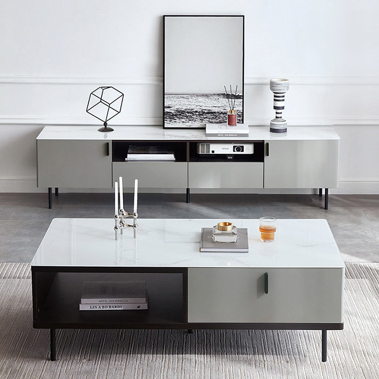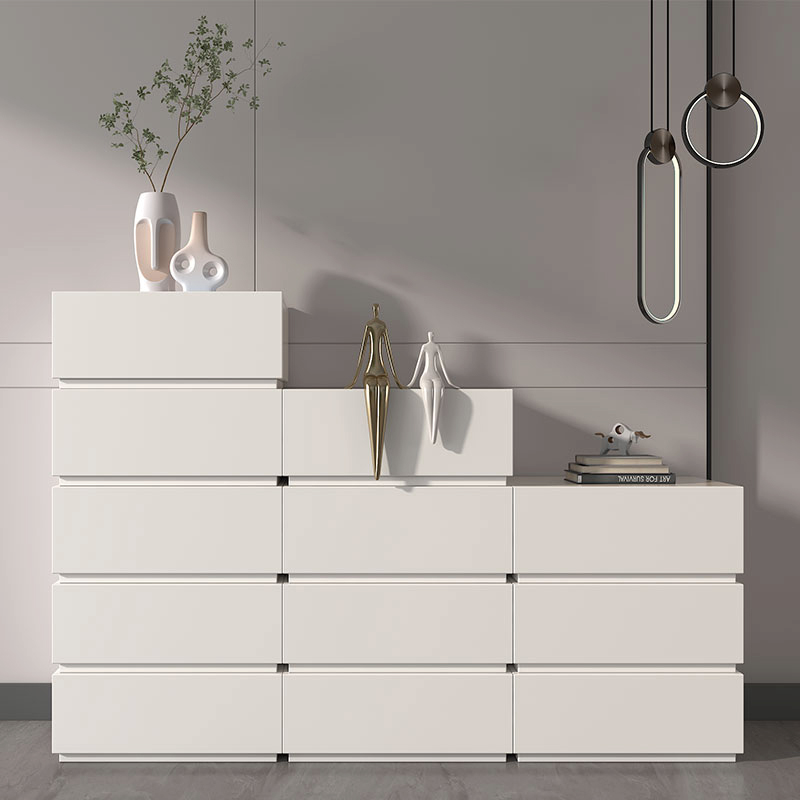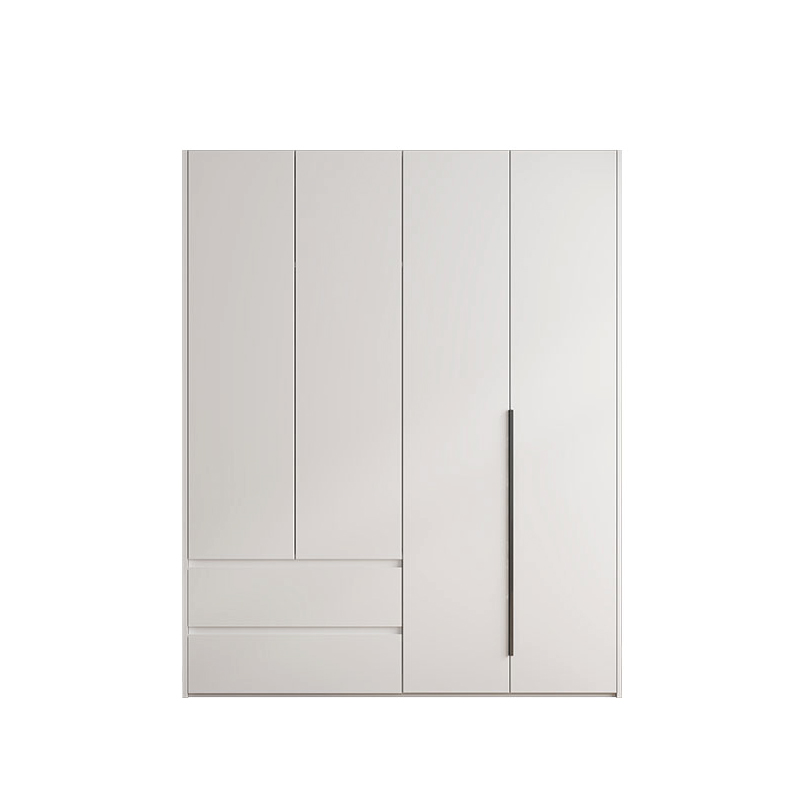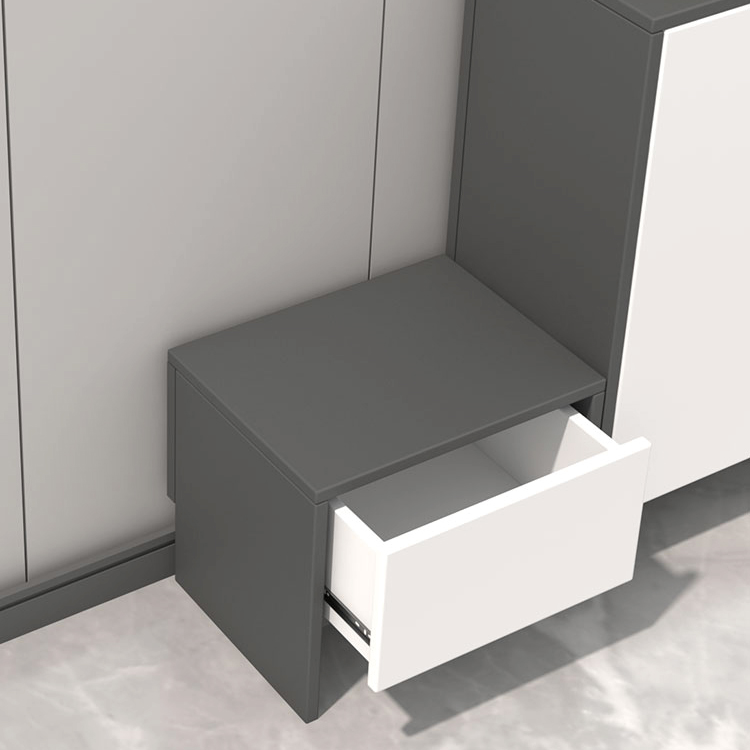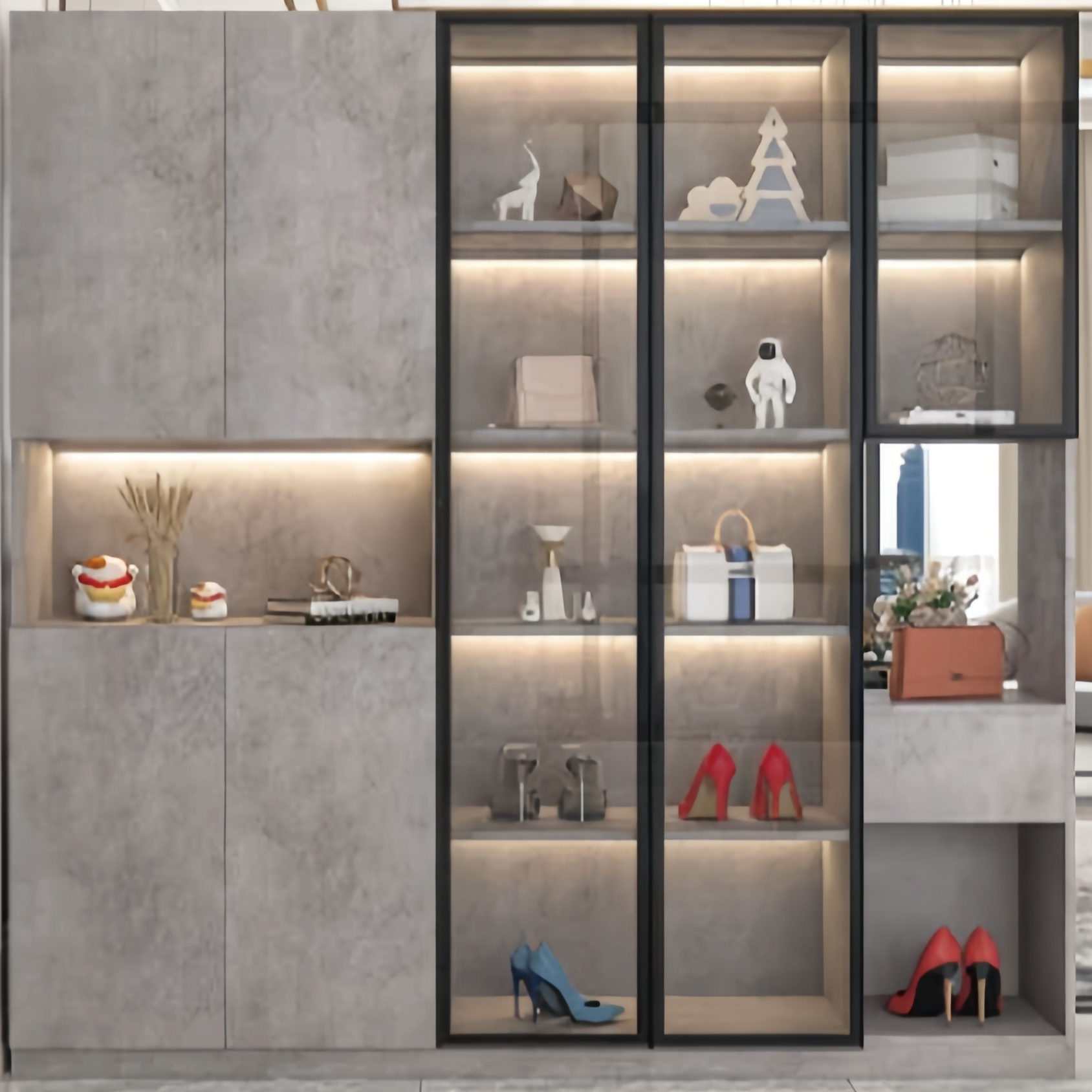Maintenance Guide for Veneered Engineered Wood Furniture: MDF, Chipboard, and Plywood
Engineered wood products like MDF, chipboard, and plywood have revolutionized modern furniture design, offering affordability, versatility, and durability. When paired with decorative veneers or laminate finishes, these materials create stylish, functional pieces for offices, homes, and commercial spaces. However, their performance and longevity depend heavily on proper care. This guide provides a comprehensive overview of material-specific maintenance strategies, environmental considerations, and practical tips to keep your veneered engineered wood furniture looking pristine.Material-Specific Maintenance Protocols
Unique Challenges: MDF’s porous structure absorbs moisture, leading to swelling and delamination if unsealed.
Moisture Resistance:
- Ensure edges are fully sealed with PVC or ABS edge banding. Re-seal any cracks immediately .
- Wipe spills promptly, especially on edges. Avoid placing plants or aquariums directly on MDF surfaces .
Cleaning Routine:
- Use a mild wood cleaner (e.g., Murphy Oil Soap) diluted in water. Rinse with a damp cloth and dry thoroughly .
- For stubborn stains (e.g., ink, crayon), gently rub with a cloth dipped in isopropyl alcohol (70% solution) .
Preventive Care:

Unique Challenges: Chipboard’s loose particle structure makes it highly absorbent and prone to structural damage.
Moisture Management:
- Avoid exposing chipboard to humidity. In kitchens or bathrooms, opt for water-resistant chipboard (e.g., melamine-coated) .
- If water penetrates the veneer, disassemble the furniture immediately, dry the affected area with a fan, and replace damaged parts .
Cleaning Routine:
- Use a dry microfiber cloth for daily dusting. For spills, blot with a paper towel and wipe with a slightly damp cloth .
- For grease or oil stains, apply a baking soda paste (1:1 ratio with water), let it sit for 10 minutes, then rinse .
Preventive Care:
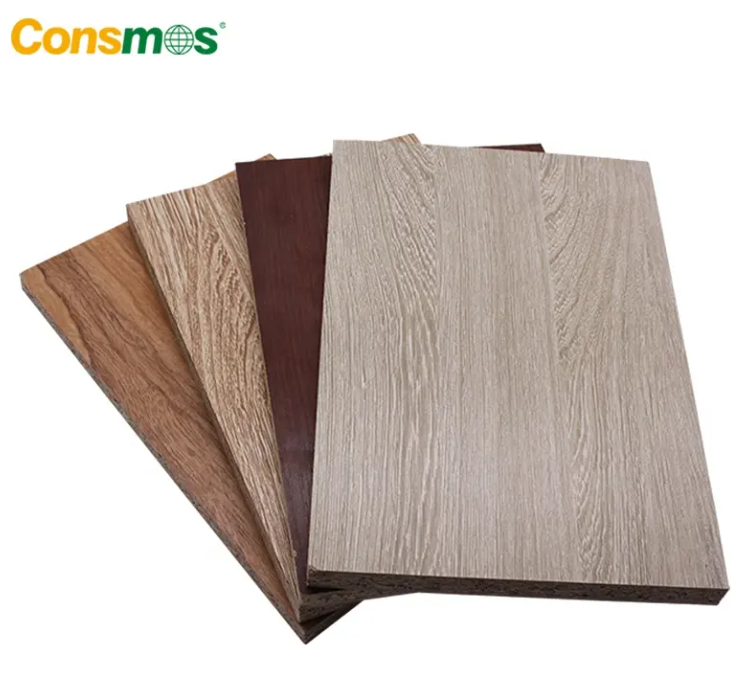
Unique Challenges: Plywood’s layered structure may delaminate if exposed to extreme moisture or temperature fluctuations.
Moisture Resistance:
- Choose marine-grade plywood for high-humidity areas (e.g., bathrooms). Regular plywood should be sealed with urethane or lacquer .
- Wipe up spills immediately, especially in gaps between veneer layers .
Cleaning Routine:
- Use a soft brush to clean grooves and joints. Vacuum regularly to prevent debris buildup .
- For sticky residues (e.g., tape), apply mineral oil or citrus-based adhesive remover, then wipe with a cloth .
Preventive Care:
- Apply linseed oil or teak oil annually to enhance water resistance and maintain the veneer’s natural sheen .
- Avoid sharp impacts on plywood edges, as they can cause veneer peeling. Use corner protectors for high-traffic areas .

Final Tip: Always refer to the manufacturer’s guidelines for warranty-specific care instructions. With diligence and attention, your veneered furniture will continue to enhance your space with beauty and durability.








